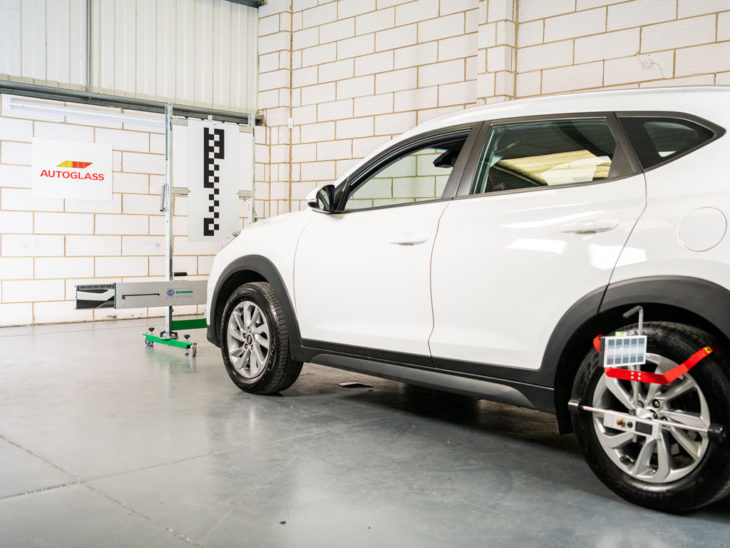The fast-rising use of ADAS safety devices on fleet vehicles means fleets need new strategies to handle their repair.
So says epyx as it warns of a real risk of control over costs and downtime being impacted.
Tim Meadows, commercial director, said: “We have moved very quickly to a situation where even quite mainstream fleet cars are now fitted with a wide range of ADAS devices and, come 2020 when compulsory fitment becomes an EU requirement, we are likely to see even more, whatever happens with Brexit.
“However, because these systems are often affected by common repairs such as windscreen or wing mirror replacement, they are very much something that fleets need to know how to manage.
“Issues arise because many of these devices need expert recalibration, generally using specialist equipment at franchise dealers, and this adds a layer of complication. Because the technology is safety critical, there is no cutting corners.
“Clearly, this potentially adds new difficulties to the day-to-day running of fleets and requires proactive management. You don’t want a relatively simple windscreen replacement to become a job that takes weeks rather than hours.”
Meadows said that fleets needed to be aware of which ADAS devices were likely to need recalibration and the best way to make certain repair times and costs were minimised.
“It is all about ensuring that the repair process is as smooth as possible, that the technical knowledge is available to understand what each vehicle and device requires, and which suppliers are best able to carry out the recalibration process efficiently.
“This is something about which we are increasingly working with fleets as ADAS devices become more common and the repair pitfalls more apparent. We are able to provide advice, help, and technology to enable fleet managers to take a grip on the situation.”
He added said that, because ADAS devices were safety systems and potentially formed part of the duty of care responsibilities of each fleet, there was also a need to be able to prove that repairs had been carried out to the required standard.











































